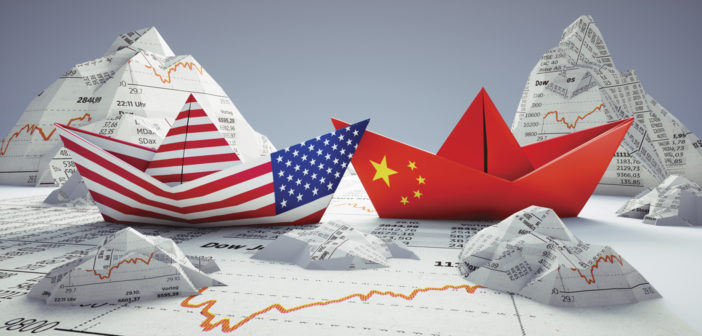The idea that the U.S. is currently in a trade war with China and Mexico is attracting a lot of attention. A Google search for “trade war” yields 1 billion results. Google trends show that the phrase “trade war” has seen several spikes in search activity during the Trump Administration, despite essentially no search activity prior to it. The latest spike occurred in May 2019. This followed the collapse of U.S.-Chinese trade negotiations and the threat of imposing tariffs on Mexico to punish the Mexican government for not doing more to stem the tide of illegal immigration at our Southern Border.
Though the phrase “trade war” makes for a catchy headline that results in website clicks and sensational stories on the cable news networks, a “trade war” is a gross overstatement of the current trade situation.
The last trade war the U.S. was involved in occurred with the Smoot-Hawley Tariff of 1930. Originally intended to be a tariff on agriculture imports to protect Midwestern farmers, Smoot-Hawley morphed into a massive tariff bill that increased tariffs by as much as 50 percent across over 20,000 goods produced by numerous nations around the globe. These nations retaliated with tariffs on American exports so that by 1933, imports to and exports from the U.S. had fallen by 66 percent from their pre-Smoot-Hawley level.
The effect of Smoot-Hawley was as devastating to the stock market as it was to international trade. The Black Monday and Black Tuesday stock market crashes of October 28 and 29, 1929 occurred after the U.S. Senate unexpectedly passed a version of the Smoot-Hawley tariff. The market rebounded and regained half of its losses during early 1930 when it looked like the Smoot-Hawley tariff bill would die in the House-Senate conference committee. However, the stock market began declining in June 1930, when the House and Senate passed a unified Smoot-Hawley bill that President Hoover pledged to sign into law. By 1933, the stock market had lost 75 percent of its value, compared to 1929, and unemployment would reach 25 percent.
President Trump’s tariffs, in contrast, are much more modest, covering a more limited set of goods produced by a handful of countries. Thus, the reaction of the stock market and broader economy to them has been muted. The stock market has increased by 6.6 percent for 2019 while the unemployment rate remains at 3.6 percent, a 50-year low. Job growth has remained strong in 2019, with an average of 166,000 new jobs created per month. A recession does not appear to be around the corner.
It is an open question about whether President Trump’s tariffs represent sound public policy. Economists and commentators like to hype them as causing a devastating “trade war,” but their current economic effects appear to be modest. All sides involved have a strong incentive to reach a trade deal to end these tariffs. I expect that the U.S. will stop well short of a trade war.


















